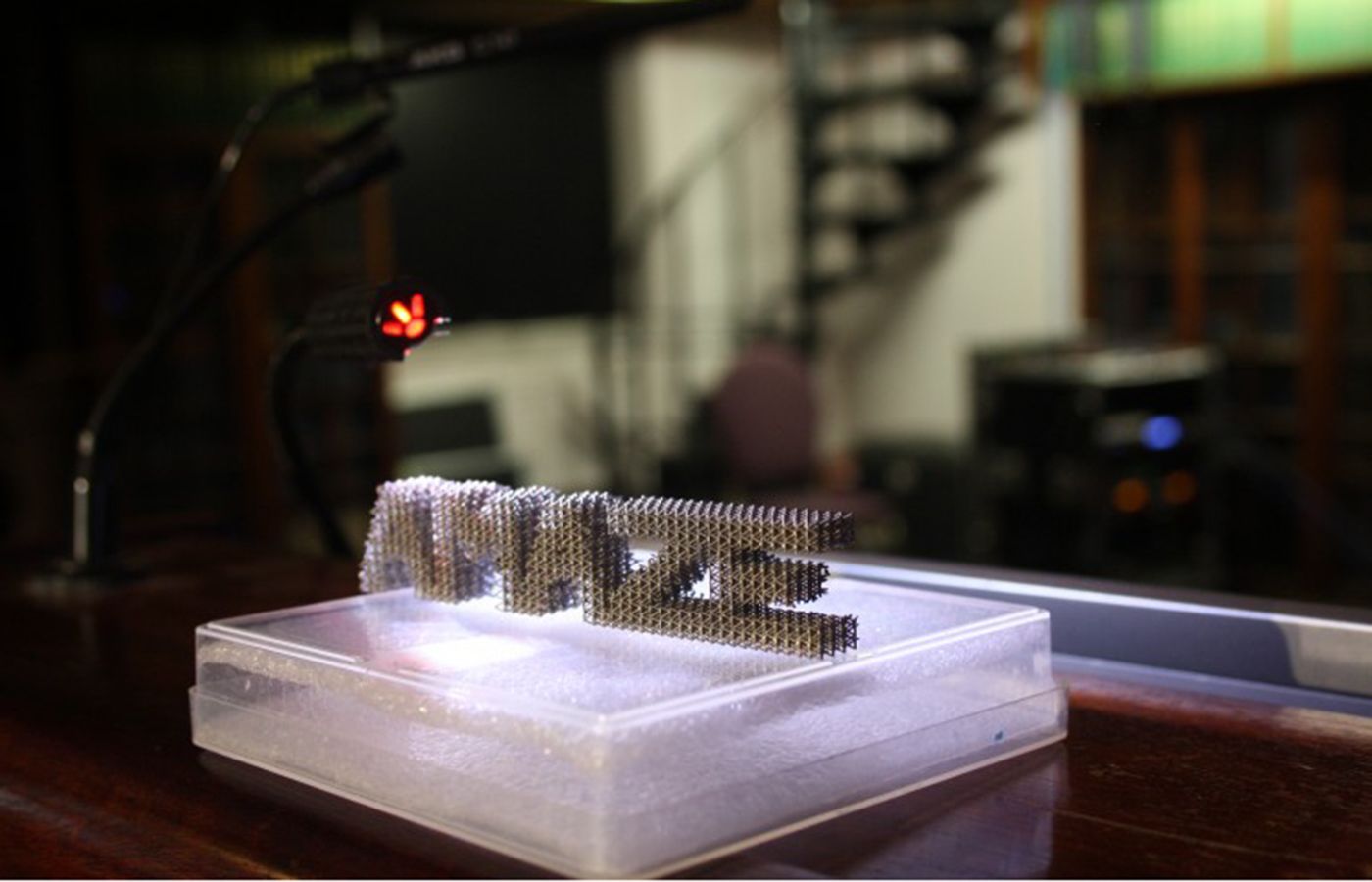We're all excited by 3D printing because one day it could replace trips to the shops as everything can be downloaded and printed off at home. But until now we've been limited to plastic (and early stage food) printing.
Now Amaze (Additive Manufacturing Aiming Towards Zero Waste & Efficient Production of High-Tech Metal Products) is cracking printing with metals. But it's not staying on earth long as it's due to be jetted out to the International Space Station.
What better place for a printer of metal parts than where they are most inaccessible? Space will be the first home to the printer which will produce metallic components up to two meters in size. This could be the start of self-building platforms in space as it bypasses the need to fly everything up building, at great cost.
The five metal additive manufacturing process uses high-tech alloys, some of which melt only at 3,500C- hence the use of lasers, electron beans and plasma to liquify them. And since the goal is to produce near zero waste, expensive elements like tungsten, niobium or platinum may be used to achieve high-strength, lightweight components.
Back on earth, this has huge implications for manufacturing - cars, aircraft and tools for example could be built from scratch entirely by machines. This would mean faster production and factory shop floor space cut by around 50 per cent.
The £160 million project has begun by setting up four pilot-scale additive manufacturing factories in Germany, Italy, Norway and the UK.
"We need high quality, we need it to be repeatable, and we need a supply chain," says Jon Meyer, additive layer manufacturing research team leader at EADS Innovation Works. "Amaze connects all the key players within Europe and develops that supply chain."
Nasa plans to send a 3D printer into space to the ISS next year but this will use polymer materials. If Amaze can crack metal printing it will be one giant leap for mankind.

